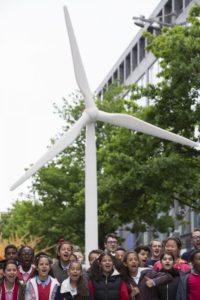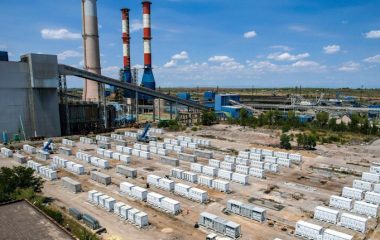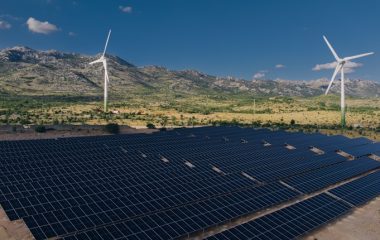
Photo: Lego.com - Jon Super/PA Wire
As Lego’s products hide in gift wrapping under Christmas trees around the world, it is worth recalling that the Danish toy company has achieved its 100% renewable energy target, three years ahead of schedule.
Lego has achieved its renewable energy target, which means it balances 100% of its energy use with energy from renewable sources.
The milestone was reached following around the EUR 800 million investment in two offshore wind farms.
To celebrate and raise the awareness of the importance of renewable energy, the company built the world’s largest Lego brick wind turbine, a Guinness World Record title.
Built with 146,000 Lego bricks, the wind turbine stands 7.5 meters tall and is a tribute to the 200-meter tall wind turbines of the Burbo Bank Extension wind farm.
The total output from the investments by the Lego Group in renewables now exceeds the energy consumed at all Lego factories, stores, and offices globally. In 2016, more than 360 GWh of energy were used by the Lego Group to produce the more than 75 billion Lego bricks sold around the world during the year.
Reducing CO2 emissions

Lego states on its website that it acknowledges and addresses the challenges of climate change by committing to reduce its own CO2 emissions and to work closely with its suppliers in reducing theirs.
Apart from investing in production from renewable energy sources, Lego is also upgrading its manufacturing equipment and cooling systems and making its buildings more energy efficient to improve its overall energy efficiency.
Lego is a member of the RE100, a global initiative of companies committed to using 100% renewable energy.
The International Renewable Energy Agency’s (IRENA) data shows that companies in the commercial and industrial sector account for two-thirds of the world’s end-use of electricity. Switching this demand to renewables will accelerate the transformation of the global energy market and aid the transition to a low-carbon economy, according to the RE100.


















Be the first one to comment on this article.